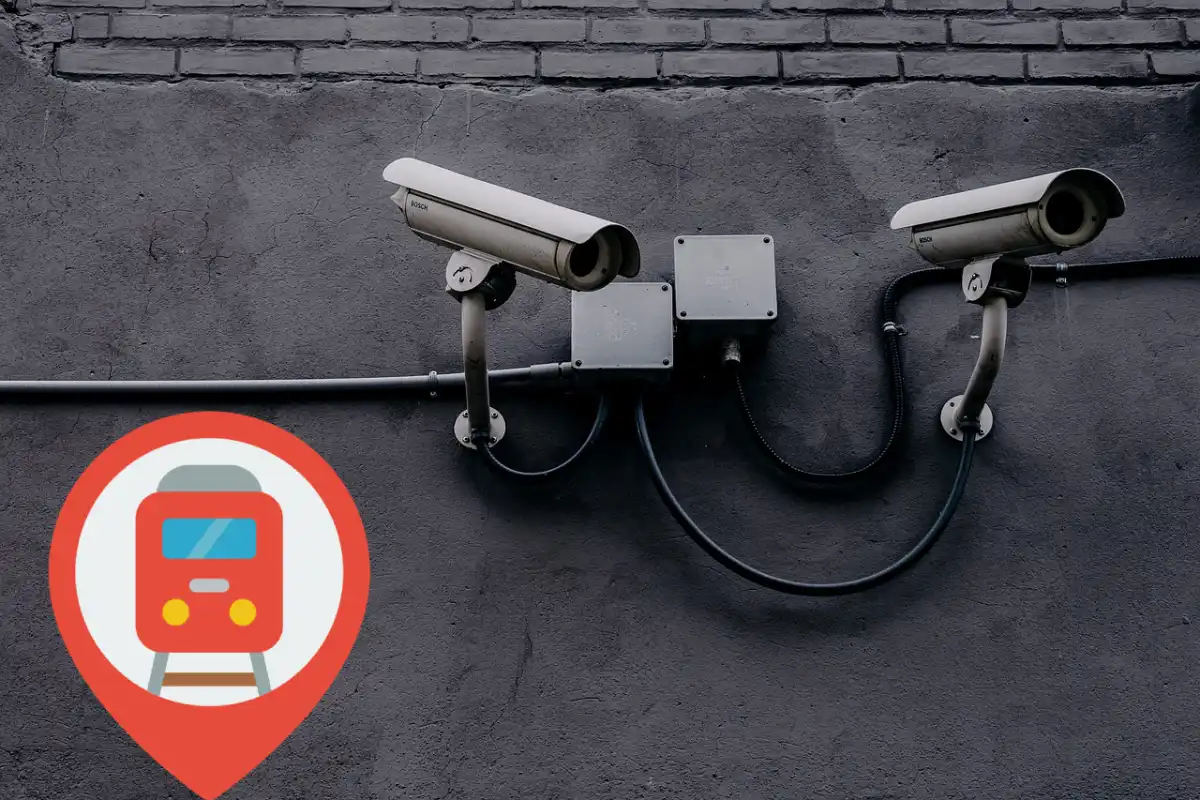Secret Train Cameras To Track Passenger Emotions In Uk
Your daily train journey might involve more surveillance than you realize. Train cameras across eight major UK stations are now equipped with artificial intelligence that can analyze your emotions, age, and gender as you pass through. In fact, these AI cameras were tested at prominent locations including London Euston, Glasgow Central, and Manchester Piccadilly, forming part of an extensive security initiative. Additionally, these sophisticated train station cameras were implemented to address serious concerns, considering that 2022-2023 saw 21,990 trespassing incidents causing nearly 900,000 minutes of delays. However, while the system was designed to enhance safety and customer service, the emotion detection feature has since been discontinued, though other monitoring capabilities remain active at these stations.
AI Cameras Unveil Hidden Surveillance Network
Network Rail has deployed sophisticated AI surveillance systems across eight major UK stations, utilizing Amazon’s Rekognition software for extensive monitoring. Specifically, the system combines Cisco’s Meraki smart cameras with AWS’ Rekognition image recognition software to analyze passenger behavior and movements.
The technology has been implemented at several prominent locations:
- London Waterloo and Euston
- Manchester Piccadilly
- Glasgow Central
- Reading Station
Furthermore, the system activates when passengers cross a “virtual tripwire,” particularly near payment gates. The cameras can detect various elements, from basic passenger presence to more complex factors such as luggage, pushchairs, and bicycles.
Notably, at Reading station, the system’s effectiveness led to the installation of an anti-climb barrier after documenting multiple incidents. The technology has also contributed significantly to detecting track trespassing and preventing bicycle theft.
The surveillance network extends beyond basic monitoring. At Leeds station alone, 350 CCTV cameras are connected to the analytical platform. Consequently, the system can identify specific behaviors such as running, shouting, skateboarding, and smoking. The technology also serves practical purposes, such as detecting slippery floors that require cleaning.
Privacy Concerns and Legal Implications
Civil liberties groups have raised serious concerns about the secretive deployment of emotion-detection technology at British railway stations. Big Brother Watch has submitted a formal complaint to the Information Commissioner’s Office regarding these surveillance trials.
The privacy implications are substantial:
- Thousands of passengers had their faces recorded without consent
- Personal data collection occurred at major transport hubs
- The technology could potentially share data with advertisers
Moreover, legal experts have voiced strong opposition to these practices. Professor Lilian Edwards of Newcastle University describes the emotion recognition aspect as “unethical and probably illegal”. Nonetheless, Network Rail maintains that all surveillance activities comply with relevant legislation.
Despite these concerns, Network Rail emphasizes its commitment to protecting passenger privacy. Accordingly, they have implemented several safeguards:
- Technical and organizational security measures prevent unauthorized access
- Data access is limited to essential personnel
- All surveillance data remains within the European Economic Area
The Information Commissioner’s Office has previously warned companies about using emotion-detection technology, noting that no current emotion AI technology satisfies data protection requirements. Undoubtedly, this raises questions about the future of such surveillance systems in public spaces, particularly as the EU has already banned or classified similar systems as “high risk”.
Commercial and Safety Applications
Beyond surveillance, train cameras serve dual purposes in safety enhancement and commercial optimization. Notably, Network Rail employs these systems to maximize advertising revenue and measure passenger satisfaction.
The safety applications are comprehensive. Above all, the cameras operate continuously to protect passengers through:
- Detecting slippery floors and maintenance needs
- Monitoring overcrowding situations
- Identifying trespassing incidents
- Preventing bicycle theft
- Ensuring proper lighting in stations
Therefore, the system helps create a safer environment, especially important as nearly one-third of people report feeling unsafe walking alone at night. Similarly, the cameras assist station staff in maintaining clean, hazard-free spaces and responding quickly to potential threats.
The commercial benefits are equally significant. The technology aids in analyzing passenger demographics and behavior patterns, enabling better retail planning. In fact, stations expect a 36% increase in passenger traffic, making these insights valuable for future development. The integration of advertising into station infrastructure, as seen at locations like Euston and King’s Cross, demonstrates how commercial applications enhance the overall passenger experience.
Network Rail’s security staff monitor these cameras round-the-clock, ensuring immediate response to any concerning situations. The footage can be shared with law enforcement agencies when necessary, although strict protocols govern such disclosures.
Conclusion
Railway surveillance technology undoubtedly marks a significant shift in public transport security. Network Rail’s implementation of AI cameras across major UK stations demonstrates the complex balance between passenger safety and privacy rights. These systems have proven effective, reducing trespassing incidents and enhancing station security through real-time monitoring and response capabilities.
The debate surrounding privacy concerns has prompted important changes, such as discontinuing emotion detection features while maintaining essential security functions. Above all, these developments highlight the need for transparent communication about surveillance practices and strict data protection measures.
The dual benefits of safety enhancement and commercial optimization make these systems valuable tools for station management. Consequently, similar technologies might become standard features across public transport networks, though their implementation will likely face continued scrutiny regarding privacy protection and ethical considerations.
This evolution of railway surveillance reflects broader changes in public space monitoring, where security needs must align with personal privacy rights. The future of these systems depends on finding the right balance between protecting passengers and respecting their fundamental right to privacy.




